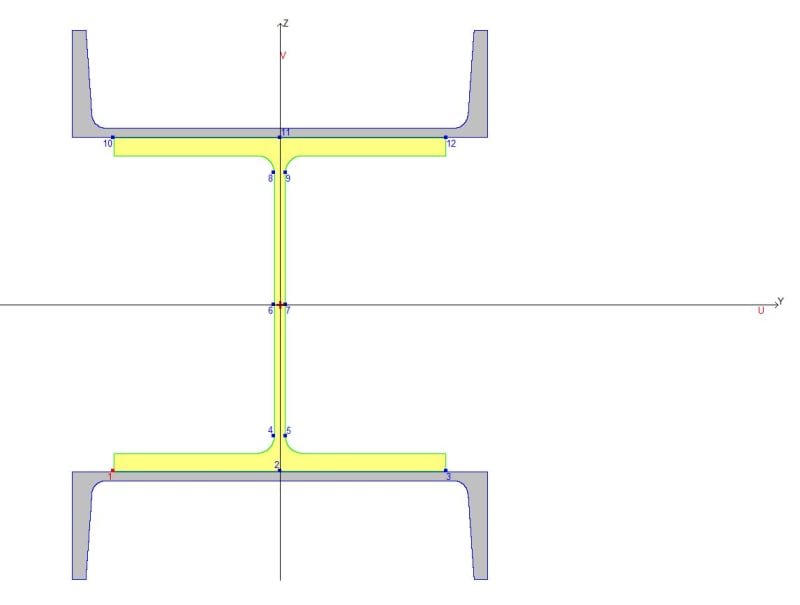I saw a presentation from STAAD about this 10+ years ago. What I remember is that they merely did an equivalent section code check. I'm not sure how they determined the properties of the equivalent section though. That will dictate how accurate (or inaccurate) the code check is.
My strong recommendation is that you only use what STAAD gives you as a starting point.... maybe for determining what forces, location and load combination will result in the worst case code check. Then YOU perform the code check by hand.
1) Use the A, I, J, and Z for the built up section.
2) The b/t ratio of the web will be the same as for the original I beam. b/t ratio for the flange is probably not going to be a problem. But, I'd base it on the combined t of the channel web and Ibeam flange, then on half the height of the channel. Noting that this this is a stiffened section on both ends.
3) For strong axis bending, I might neglect the flange tips of the channels from the properties (I and Z) of the section when doing my code check. If not, then I'd also look at the AISC section about compression buckling of the stem of a WT section.
That's all that immediately comes to mind.

